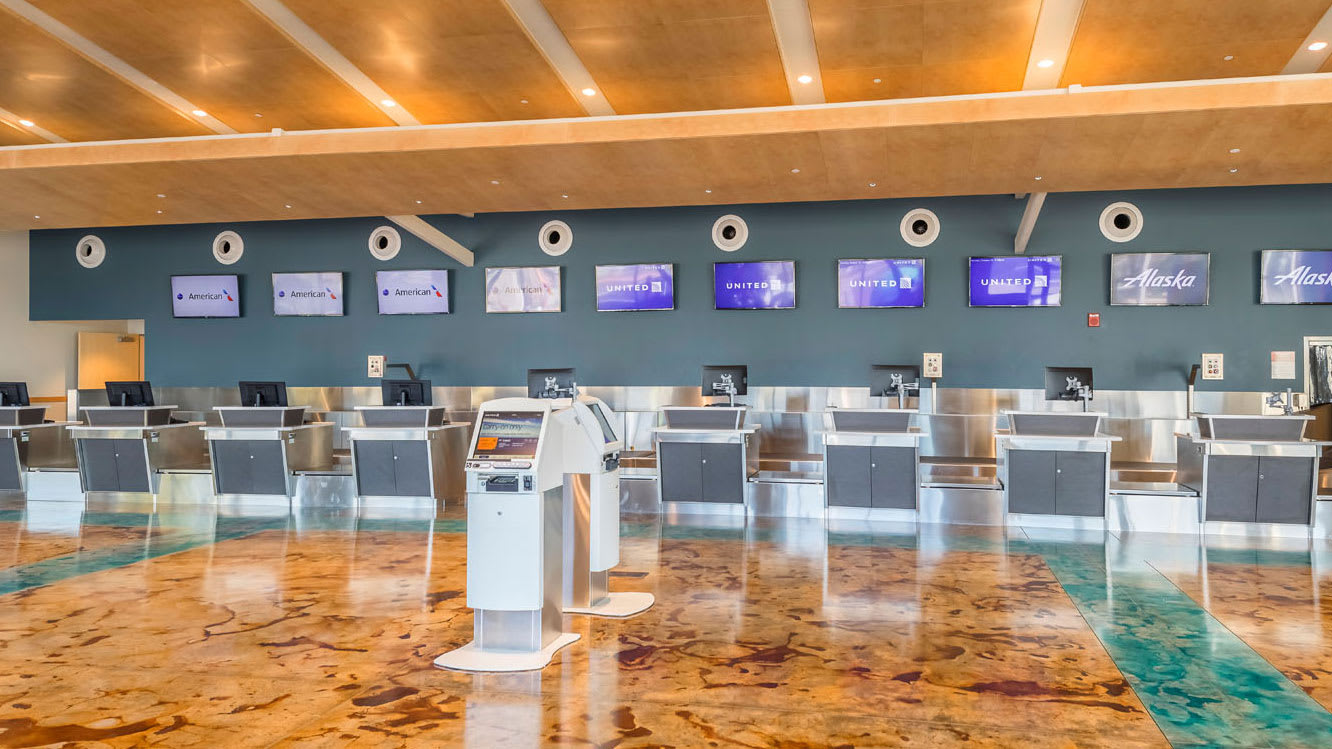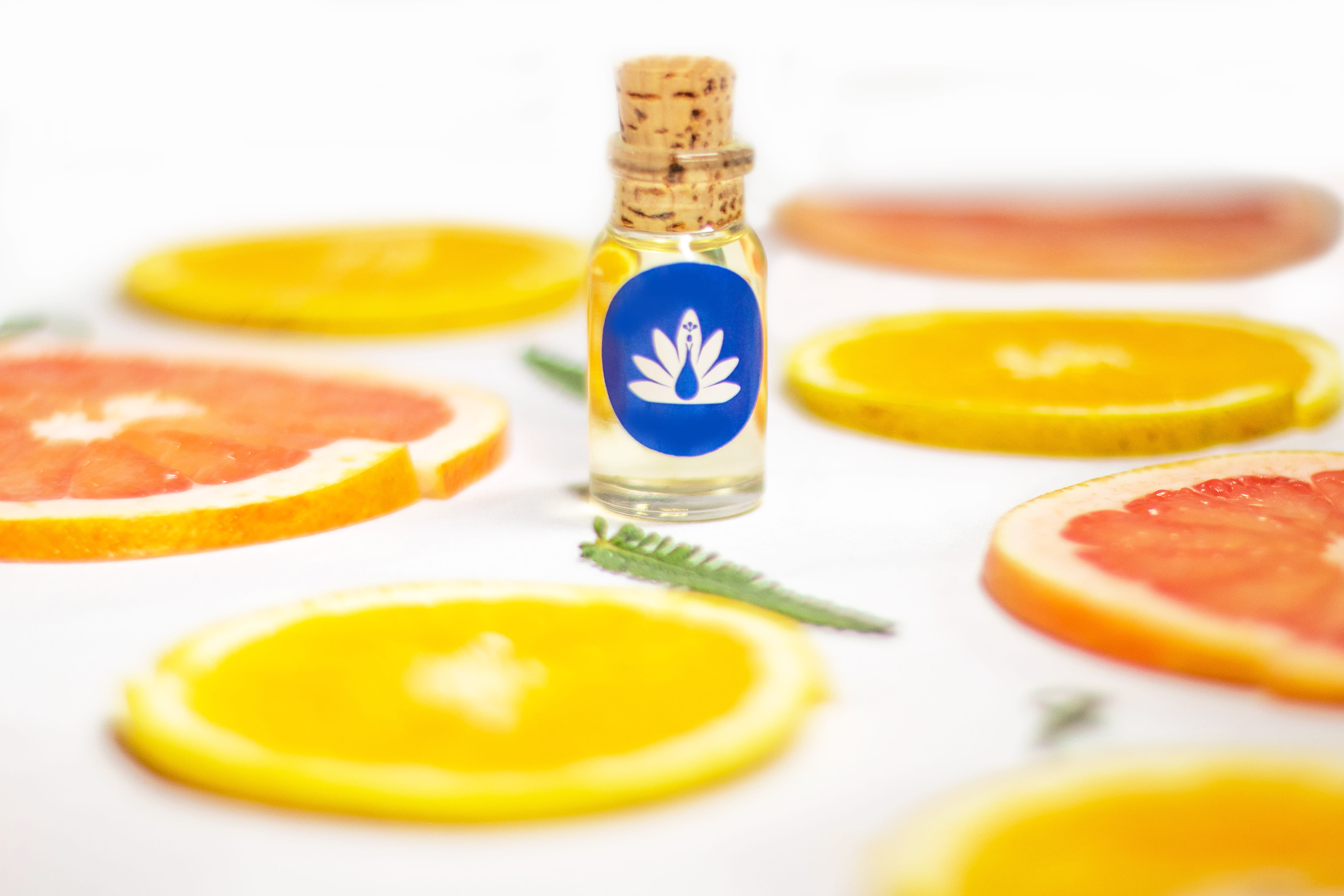- It’s not alone in this trend, as airports, airlines and other locations are welcoming travelers with special scents.
- “Research has shown that smell triggers emotions and memories,” said Luis Angarita, managing director, at Casa Velas in Puerto Vallarta, Mexico.
- Singapore’s Changi Airport has a bespoke fragrance that’s diffused into many areas of the sprawling terminals.
The award-winning airport also has a special amenity that can’t be seen: a bespoke fragrance that’s diffused into many areas of the sprawling terminals.
Other airports in Asia, as well as in Europe and the United States, scent their public spaces as well, hoping to either put travelers in a better frame of mind or to create positive memories of a place.
“Honestly, we borrowed the idea from the hotel industry, where many properties have branded scents that welcome guests to the lobbies,” said Kevin Bumen, director of California’s San Luis Obispo County Regional Airport.

When the airport opened its new six-gate terminal, improving the passenger experience was a high priority.
“We decided one thing we could do was to add scent in the ticketing areas and in bag claim,” said Bumen. “Those are the first and last areas passengers experience, and they can be points of stress and confusion. So we tested several fragrances and chose a spa-like scent that conveys the idea that the airport is fresh and clean and relaxing.”
Tampa International Airport is toying with adding scents into its terminal areas as well.
“We’ve redesigned much of the airport and improved our aesthetics. Now we’re looking into how to enhance that with scents,” said airport spokeswoman Emily Nipps. “We’ve narrowed it down to three scents, and I can tell you we’re sticking with scents that reflect the Tampa Bay Region – ocean, wood, tropics, greenery, that sort of thing.”
Airlines adopt aromas
Singapore Airlines, Cathay Pacific, Virgin Atlantic, Delta and United are among the carriers that use bespoke and specially chosen fragrances in some gate areas, lounges, lavatories, jetways and airplane cabins.
Japan’s All Nippon Airways has a unique fragrance that is a blend of 12 natural aromas, including traditional Japanese umbrella pine, Yoshino Japanese cedar, mint and rosemary. Customers can purchase the scents online and on flights with in-flight shopping.
British scent designer Rachel Vosper created a bespoke scent called “Air” for Virgin Atlantic that has notes of lemon, rose, vanilla and essential oils such as lavender and eucalyptus. The airline sells candles featuring the fragrance for 30 British pounds (about US$37).
Cathay Pacific’s unique scent, designed by Air Aroma, is a mixture of subtle woods, white florals, and fresh green tea notes, while Delta’s “Calm” scent was created with lavender and chamomile.
Alaska Airlines’ “Ocean Citron” scent, used in lounge soaps and hand lotions, was custom made by Seattle-based Antica Farmacista, and is designed to evoke “the allure of the cool blue ocean,” with notes of California lemon, soft jasmine, lavender, green tea, among others.

To create its signature scent, called “Landing,” United Airlines tried to avoid notes that were too polarizing as well as notes that might be considered too feminine or too masculine, said airline spokeswoman Maddie King. The final product, used in the airline’s lounges and warm towels on board, includes a blend of orange peel, bergamot, cypress, fir balsam, black pepper, black tea, violet wood, sandalwood, cedar, amber, leather and patchouli.
The time and money airlines spend on choosing or developing a signature scent “is truly all about customer experience,” said Logan Andres, director of products and marketing for ScentAir, a company that provides and creates scents for airlines, airports, resorts and hotels as well as casinos, stores, spas, auto dealerships and even doctors’ offices and funeral homes.
“Our research on this found that for airline passengers a good smelling and welcoming gate area while you’re waiting for your plane is only second behind having someplace to plug in your smartphone. And it was more important than cushy seats. We were kind of surprised,” Andres said.
Aroma to go
It’s not surprising that many travelers want to take home a nice-smelling souvenir of a place they’ve enjoyed.

Disney has a new line of plush toys infused with the scent of iconic park foods, including Mickey Mouse ice-cream bars and pizza slices and Minnie Mouse cupcakes and donuts.
Paddywax sells a collection of candles with scents inspired by the country’s national parks, which also raises funds for the National Park Foundation.
“These scented candles transport you to the wilderness of our national parks, filling the mind with treasured memories from trails and vistas experienced with loved ones,” said Stefanie Mathew, the National Park Foundation’s senior vice president of corporate partnerships.
Sometimes, the souvenir scents are free. Through its Scent Concierge program, guests at Hotel Spero in San Francisco can choose a wooden wand infused with one of four distinct scents and either take their wand home or use it to create a special fragrance in their rooms.

And at Casa Velas in Puerto Vallarta, Mexico, guests are given a complimentary vial of the hotel’s citrus-lavender scent as a checkout amenity.
“Research has shown that smell triggers emotions and memories,” said Luis Angarita, the resort’s managing director. “So we thought an amenity of our signature scent would be the perfect takeaway for our guests. Whenever they open the bottle, they’ll think of their special times at Casa Velas.”
And maybe book another trip.












